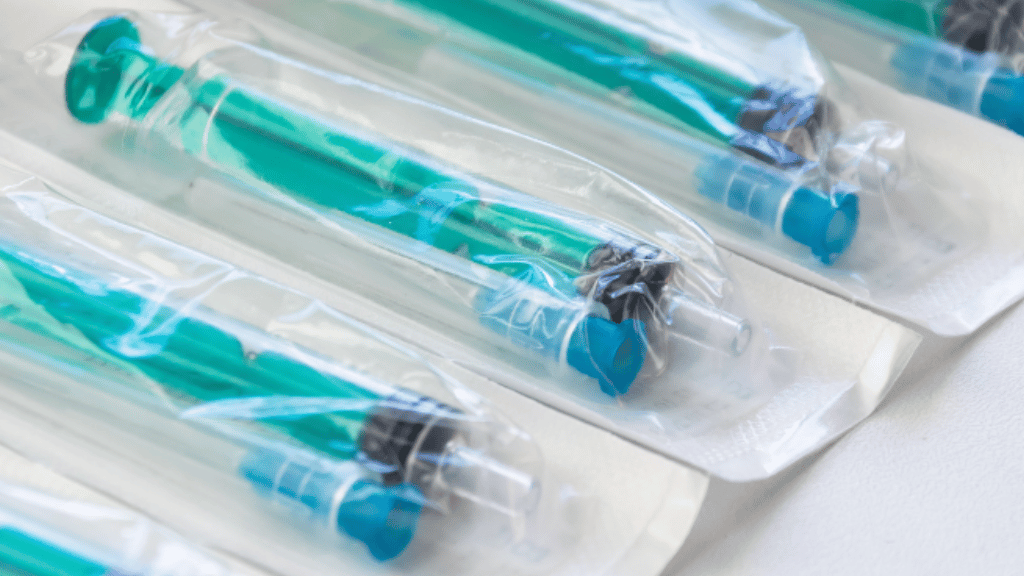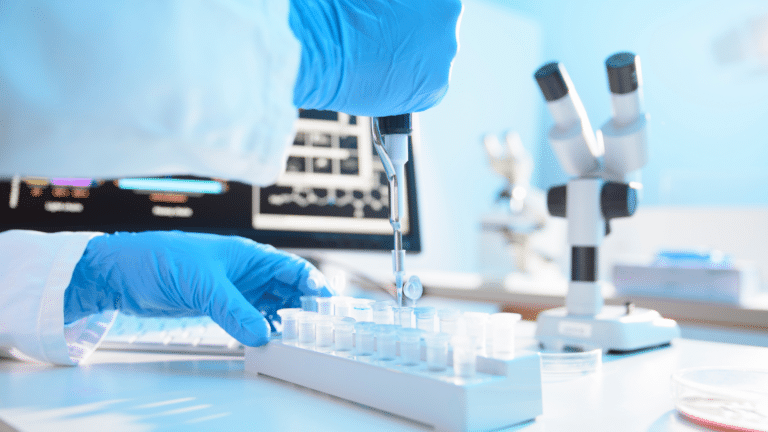Looking for a basic overview of the standard for radiation sterilization? We have you covered.
ISO 11137 is an international standard that deals with the sterilization of healthcare products, particularly focusing on the use of radiation. It consists of multiple parts, each addressing different aspects of the sterilization process using irradiation.
Note that it is generalized across radiation sterilization modalities: Gamma, E-Beam, and now X-ray as well.
Summary of 11137’s main parts:
- ISO 11137-1 (last rev 2006): Requirements for development, validation, and routine control of a sterilization process for medical devices:
- This part is an overview: it outlines the requirements for the development, validation, and routine control of a sterilization process using radiation.
- It includes detailed guidance on selecting the appropriate dose for sterilization, how to validate the process, and how to maintain process control to ensure the continuous effectiveness and safety of the sterilized products.
- ISO 11137-2 (last rev 2013): Establishing the sterilization dose:
- Part 2 focuses on methods to establish the appropriate sterilization dose.
- It provides detailed instructions on performing dose audits and using bioburden data (the count of bacteria or other microorganisms on a product) to determine the minimum radiation dose needed to achieve sterility.
- ISO 11137-3 (last rev 2017): Guidance on dosimetric aspects:
- This section offers guidance on dosimetric aspects of the radiation process.
- It covers the calibration and standardization of dosimetry equipment, the methods for determining the dose received by a product during irradiation, and ensuring that the dose is uniformly applied to achieve effective sterilization.
- ISO 11137-4 (first rev 2020): Guidance on process control
- Section provides additional guidance to that given in ISO 11137-3 on meeting the requirements specified in ISO 11137-1, ISO 11137-2 for the establishment and process control of a radiation sterilization process using different radiation modalities.
These parts collectively help manufacturers of medical devices to implement a radiation sterilization process that is compliant and consistent with international safety and quality standards, ensuring that medical devices are free of viable microorganisms when they reach the end-user.
ISO 11137 Frequently Asked Questions
ISO 11137 is specifically targeted at radiation sterilization – this covers Electron Beam, Gamma, and X-ray modalities. The standard does periodically call out differences between the modalities, but the generalized approach to process development, dose selection, dosimetry, and process control is the same.
Generally speaking, ISO standards are not laws – they are accepted industry standards produced and periodically updated by experts in their field. Independent 3rd party certification bodies exist that are hired to perform audits to assess and certify the compliance of quality systems. Demonstrating compliance with ISO standards generally demonstrates compliance with harmonized government regulations. For example, the FDA’s sterilization requirements are written such that a sterilization provider who has been successfully audited as meeting the requirements of ISO 13485 (medical device quality systems) for the provision of radiation sterilization per ISO 11137 is compliant with FDA requirements.
The ANSI web store has the most current published version of ISO 11137 available for a fee.
While ISO 11137 is specifically intended to be for regulated sterile healthcare products, its approach can be used for a variety of other industries with less stringent requirements. At NextBeam, for example, all of our processes are designed to meet ISO 13485 / ISO 11137 standards, but customers in different industries who have no or other less stringent requirements can opt to alter this process to fit their unique needs.
11137-4 provides guidance on sustaining the process. Requirements for periodic audits to assure that the process has not “drifted” away from the initial validation are specified. More detail on these intervals and ongoing requirements may be found here.
SDR is short for “standard distribution of resistances” and refers to the natural variability in the resistance of microorganisms to radiation, specifically their ability to withstand the sterilizing dose. Developed in the 1970s, the SDR took a wide sampling of common microbes / pathogens and tested their resistance to various irradiation doses in aggregate. This concept is critical in establishing effective sterilization processes that can reliably achieve a specified sterility assurance level (SAL), typically a probability of no more than one viable microorganism in one million sterilized items (10⁻⁶ SAL).
While 25 kGy is a common dose used in VDmax due to its broad application across many products, ISO 11137-2 permits alternative VDmax doses (such as 15, 20, 30, and 35 kGy) based on the bioburden and resistance of the product’s microbial load. Lower assumed doses, like 15 or 20 kGy, might be used when a product consistently has a low bioburden and low microbial resistance, while higher doses, like 30 or 35 kGy, could be used for products with more resistant microbial profiles. For an alternative dose to be viable, the average bioburden level must meet specific limits outlined for each VDmax level. For example:
- For VDmax 15 kGy, the bioburden should generally be very low, often ≤ 1 CFU per item.
- For VDmax 20 kGy, bioburden levels may be slightly higher but still relatively low.
- For VDmax 30 and 35 kGy, the method accommodates items with higher bioburden levels or slightly more resistant microbes.
Additional Articles We Think You Might Like
Have a question? Speak with a sterilization expert today, at your own convenience.





